Teaching the Haibun During Times of Chaos and Struggle
Christensen teaches the writing process by encouraging students to celebrate beloved places with the haibun, a Japanese poetic form.
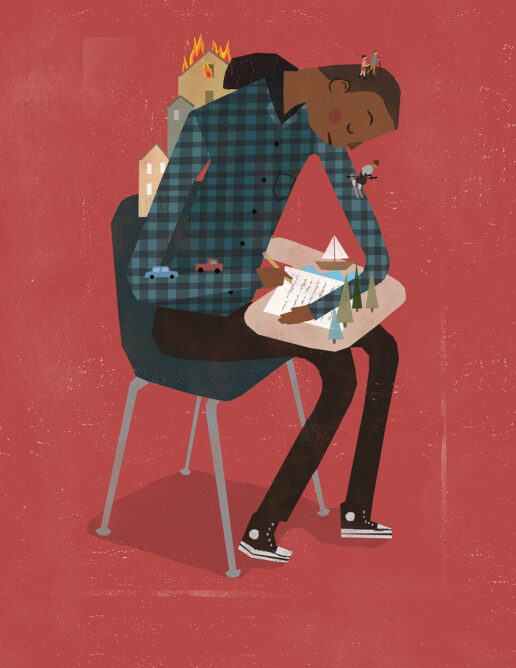
Christensen teaches the writing process by encouraging students to celebrate beloved places with the haibun, a Japanese poetic form.

A high school social studies teacher describes a lesson that uses improvisations, historical fiction, and found poems to help students appreciate the first era of Black power: Reconstruction.
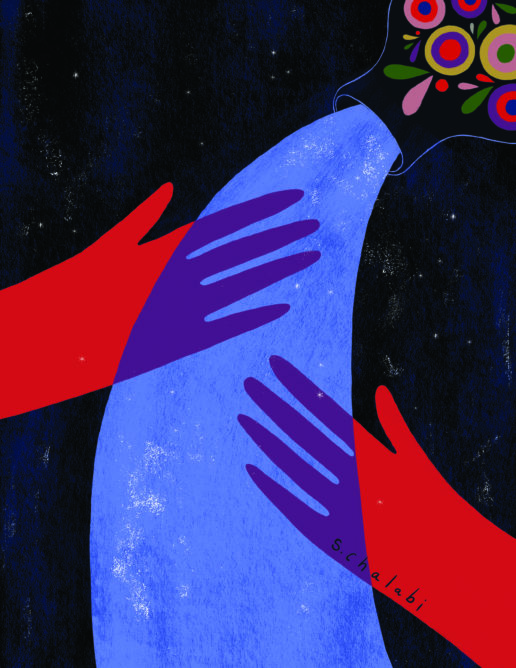
I hadn’t ever planned to teach online, but the Saturday before our college campus closed because of the coronavirus pandemic, I decided to cancel our face-to-face class because one of the […]
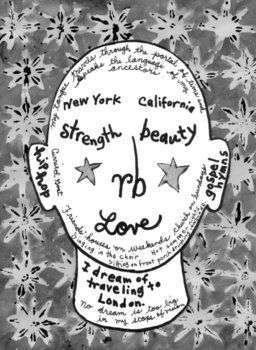
Student poetry about what raised me is woven into graphic art.

When Chicago stole my mother’s tongue, it also stole all her yesterdays. A poet’s lyric plea for teachers to nurture their students voices and stories.
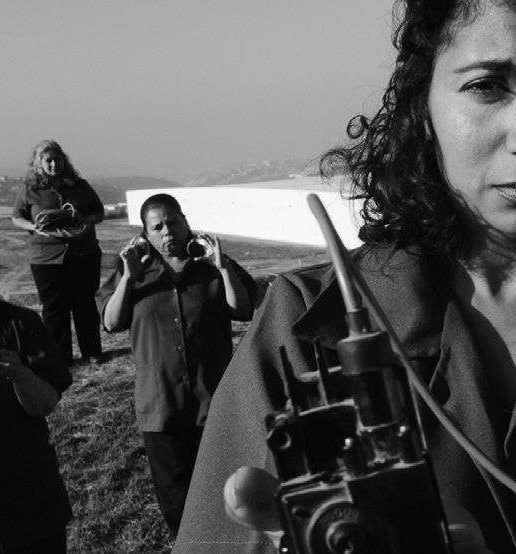
By Julie Treick O’Neill A review of the film Maquilapolis [City of Factories]
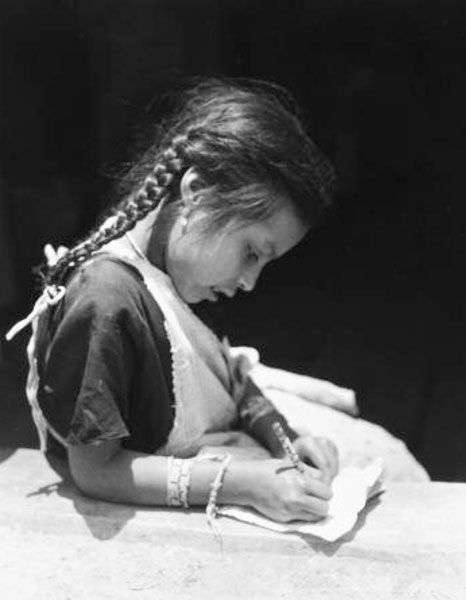
Encouraging prospective teachers to examine their cultural heritage.
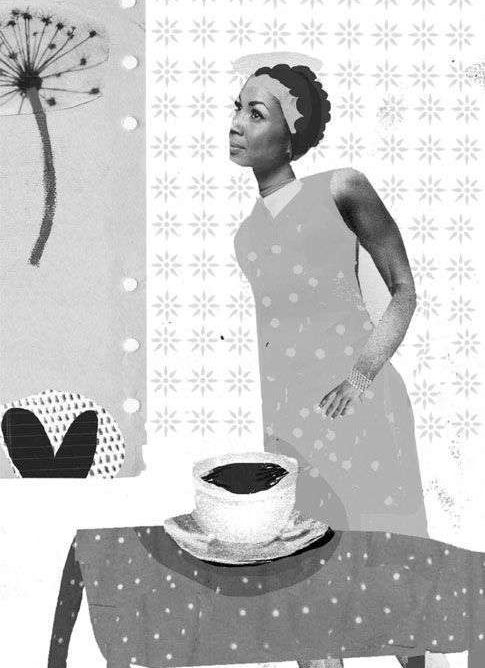
Building classroom relationships through poetry.
Teaching forgiveness through poetry and art.
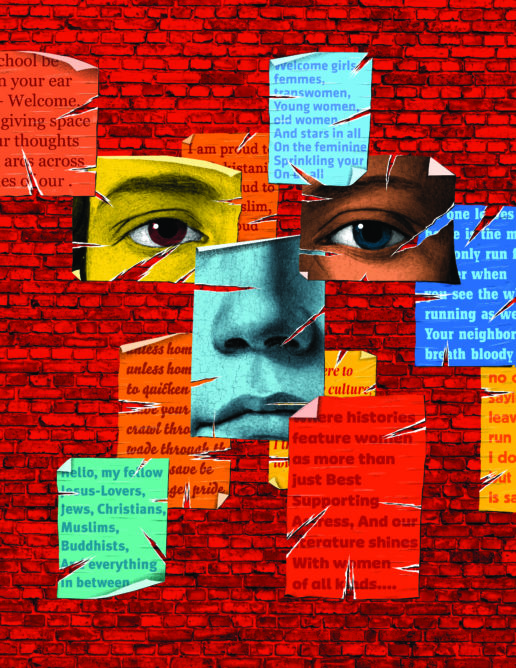
A teacher creates a welcome poems lesson to celebrate the diversity of students — and with students.
A special education teacher uses poetry to help her middle school students write their own narratives and celebrate themselves.
A kindergarten teacher uses images, literature, poetry, and collages — as well as her own history — to challenge students’ implicit bias and preconceived notions surrounding the color black and to teach the lesson that Black is beautiful.

Using Marshallese poet and climate justice activist Kathy Jetñil-Kijiner’s poem “Dear Matafele Peinam,” a teacher helps 7th graders think about the sacred spaces in their own lives and how they will be affected by climate change.
A neighborhood mapping exercise helps students develop their narrative writing and storytelling skills while also building classroom community by connecting home worlds to the curriculum. Adapted from the newly-released second edition of Reading, Writing, and Rising Up.
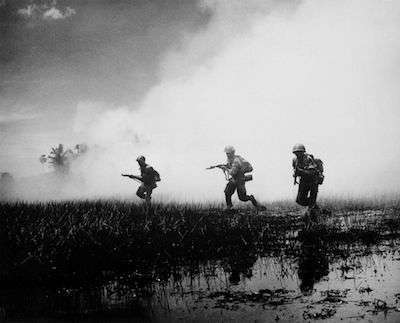
A teacher uses poetry and the creation of found poems as a way to get her students to think beyond the simple “two sides to every story” narrative of the Vietnam War.
Sara Holbrook’s poems appear on the Texas STARR tests. Her efforts to answer the questions about her own poetry expose the narrowness of standardized testing.

Los estudiantes de segundo grado escriben junto con sus familias, desafiando las políticas monolingües, anti-inmigrantes, y de segregación de Arizona.

Second graders and their families write together, countering Arizona’s English-only, segregated, and anti-immigrant school policies.
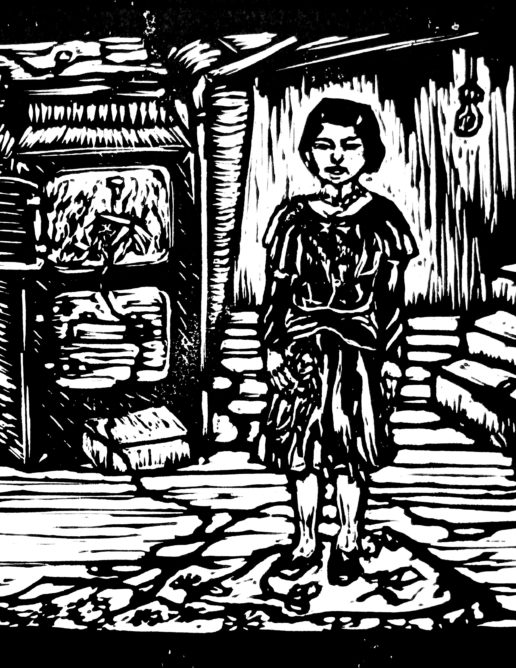
An introduction to persona poems, which ask students “to find that place inside themselves that connects with a moment in history, literature, life.”
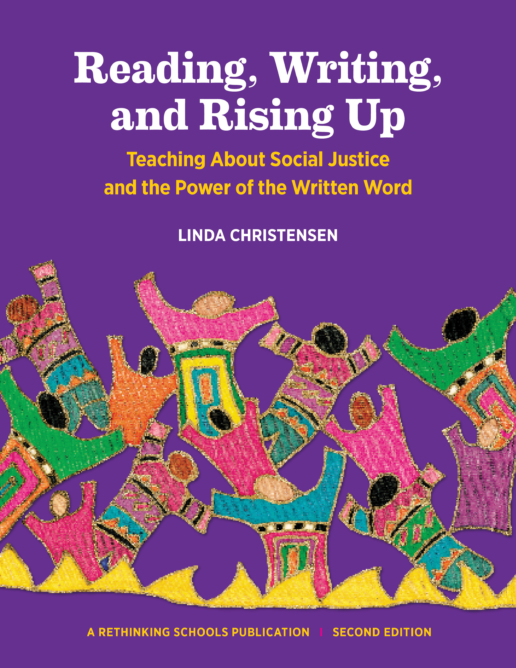
For almost two decades, teachers have looked to Reading, Writing, and Rising Up as a trusted text to integrate social justice teaching in language arts classrooms. This accessible, encouraging book […]
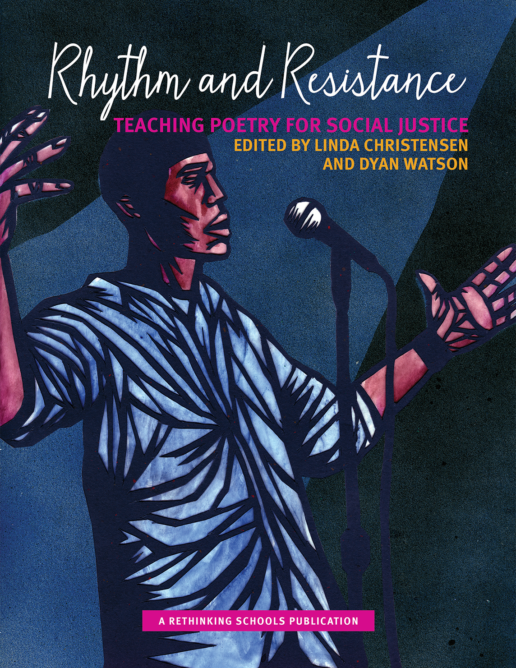
Offering practical lessons about how to teach poetry to build community, understand literature and history, talk back to injustice, and construct stronger literacy skills across content areas and grade levels—from […]
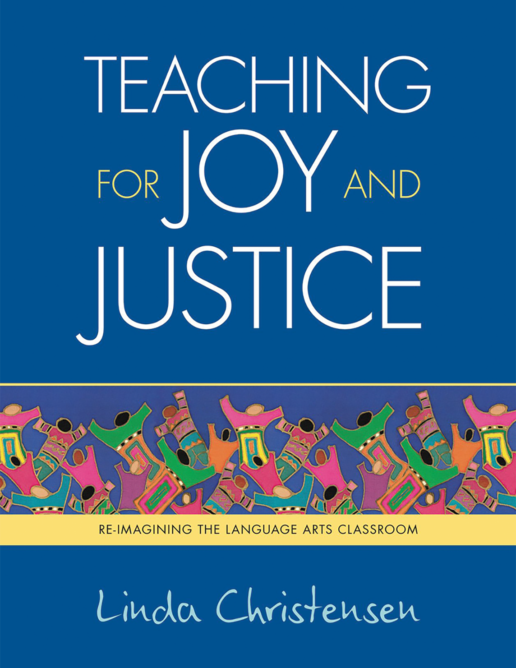
Teaching for Joy and Justice is the sequel to Linda Christensen’s bestselling Reading, Writing, and Rising Up. Christensen is recognized as one of the country’s finest teachers. Through stories, Christensen demonstrates […]